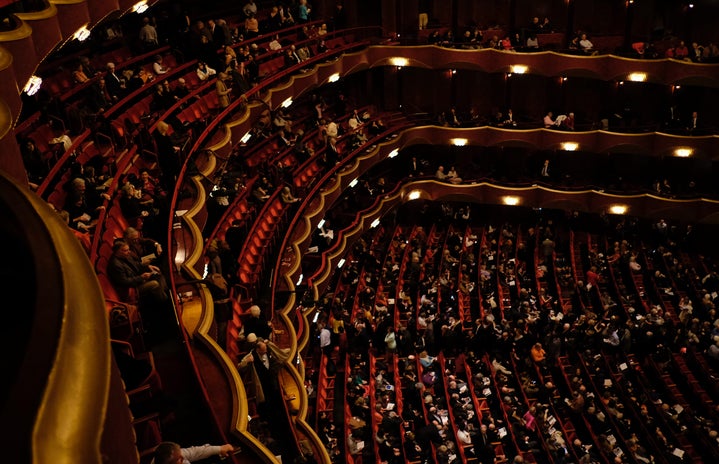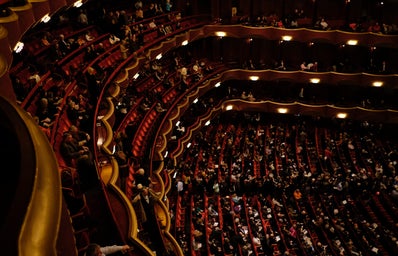Olivia Tinnin discusses the process of implementing an art show independently and the inner workings of the show’s central theme.
Name: Olivia Tinnin
Age: 21
Year: Junior
Major: Art
Minor: Art History
Hometown: Ponte Vedra, Florida
Photo By: Nicholas Kielbasa
Her Campus (HC): Why do you think it’s important to recognize art?
Olivia Tinnin (OT): I think art is really important because all art is just a reaction to historical events. It’s a visual documentation of what’s going on in the world that can breach social and national barriers because it’s predominantly a visual media. Since interpretation is so subjective, I feel like it can have a greater impact in a way that written language can’t.
HC: Why did you decide to host an art show?
OT: I’m really interested in in building relationships and collaboration within the art community. I’ve always been very enthusiastic about what people are doing in and with their art and trying to build a community around that. It’s easy to go through school and not make connections, which is why building a community is so important to me. I think establishing this in school is essential because it can be almost a precursor for establishing one outside of school. And once you’re in the real world, coming across people who are similar to you is a lot more difficult, so if you already know how to make these connections it can make the process a lot easier.
HC: Can you walk me through the process of implementing the art show?
OT: I knew that I wanted to have a show. I came up with the theme of insecurity because the things that people try to hide away or don’t talk about as much really intrigues me. I wanted to bring that to light and get people to talk about it. I really liked this theme as well just because it’s very inclusive since everyone does feel insecure sometimes. Even if the artists’ piece or title wasn’t explicit, every item still turned out to be very interesting because it showed the inner workings of their mind and how they dealt or identified with what made them feel insecure. After I decided on the theme, I started asking my close friends to see if they’d be interested in participating and set up a faraway deadline for their pieces in order to accommodate for any procrastination that I figured might be done. I was nervous that people would say no, but only two people out of all who I asked weren’t able to submit a piece, which was pretty impressive because the show ended up being very big and diverse.
HC: How many artists were featured?
OT: There were 33 visual artists and three performers who sang, played instruments and read original poetry.
HC: What was the effect that you wanted to convey to your guests? What’d you want them to feel?
OT: To learn more about people. This might be a bit odd, but I feel like I created the theme more for the artists than the viewers. It was supposed to be an exploratory piece for the artist, rather than for the viewer. If the viewer questions their insecurity or felt moved because of a certain work of art, then that’s cool too! I wasn’t considering what the viewer was thinking, but rather what the artist was experiencing because it was their insecurities that were being put on display.
HC: What was the significance of including visual, auditory and kinesthetic work?
OT: There weren’t any limitations on the medium, I just wanted the artists to adhere to the theme as much as they felt comfortable. The different things just all fell in together as people brought me their work.
HC: How did the attendees react to the show?
OT: I think people had a lot of fun since it was a house show instead of in a gallery, which just made it more relaxed. The house was small and people were packed tightly. Being close made the atmosphere friendlier all around, which just made it more enjoyable altogether.
HC: Do you have any plans for a second art show?
OT: Yeah! I would like to next semester. People really liked it. Everyone really enjoyed that the show took place in a house so I plan on reinventing that same type of atmosphere next semester.


